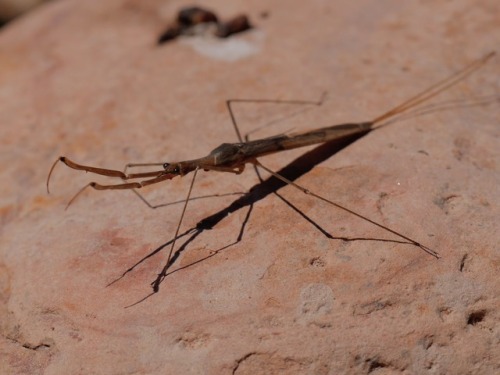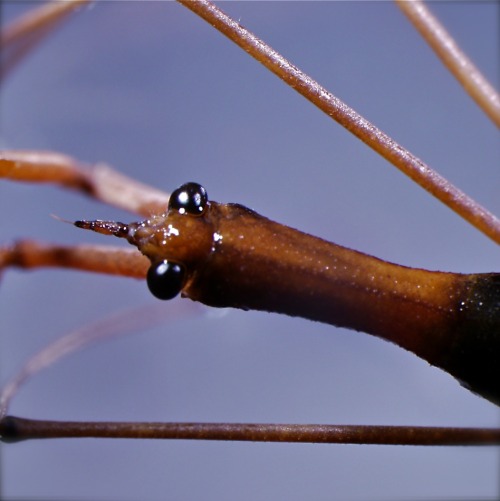#true bugs
DEPLOY THE BOYS
Insect wings are incredible. Bird wings–while also amazing–seem so simple in comparison.
The way that earwigs can fold their wings up into such a tiny space is just…perfection.
Ranatra fusca “Brown Waterscorpion” Nepidae
Lake Inez, Lolo National Forest, MT
May 23, 2017
Robert Niese
There’s something genuinely unnerving about insects viciously preying upon vertebrates, and waterscorpions are superbly specialized for this terrifying task. They sit near the surface of the water, head down, with their elongated, raptorial front limbs outstretched, waiting. Their long paired “tails” remain in contact with the water’s surface like a snorkel, allowing them to breathe while fully submerged. When some unlucky fish or tadpole swims too close, they snap them up like a mantis and immediately stab them with their sucking mouthparts. Their saliva both subdues and begins to digest their prey, allowing them to suck out the animal’s insides. On a completely unrelated note, this individual looks worse for wear, which led me to discover that adults actually overwinter in lakes and ponds here in Montana – not an easy task considering that most bodies of water freeze-over completely at some point. So apparently they’re indestructible AND hyper-specialized predators. Thank goodness they’re only five inches long.
Post link
cotton stainer nymphs (Dysdercussuturellus,seed-feeding hemipterans best known for feeding on cottonseeds) squabbling over fallen seeds from a portia tree
(Florida, 2/6/21)
Chinese Insects and Spiders
…..and more
“TRUE” BUGS of China
Members of the Hemipteran suborder Heteroptera are known as “true bugs”. They have very distinctive front wings, called hemelytra, in which the basal half is leathery and the apical half is membranous. At rest, these wings cross over one another to lie flat along the insect’s back. These insects also have elongate, piercing-sucking mouthparts in which the mandibles and maxillae are long and thread-like, interlocking with one another to form a flexible feeding tube (proboscis) containing both a food channel and a salivary channel.
The immature stages of the heteropteran true bugs (nymphs) structurally resemble the adult form but are always lacking wings.
True bugs are generally well-known and include the stink bugs, assassin bugs, shield bugs, squash bugs and the aquatic water boatmen.
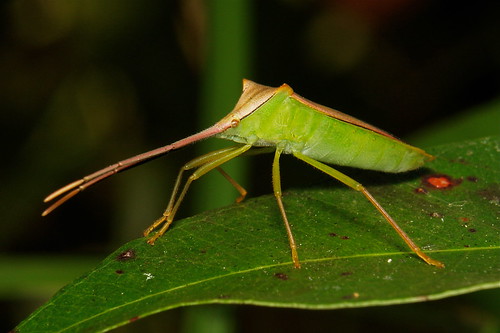

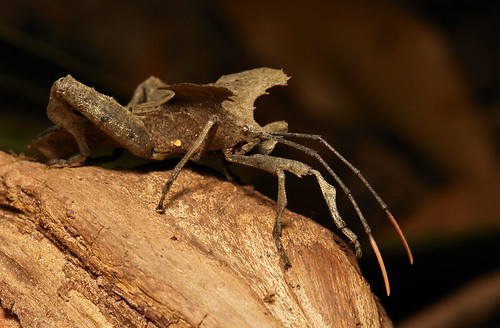

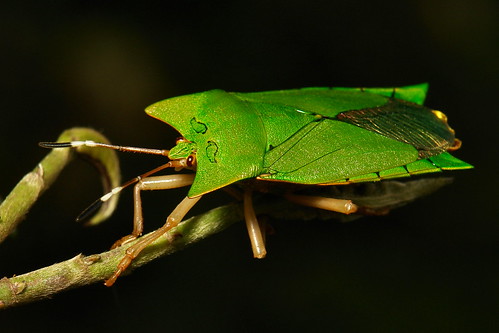
Click images to see identification (linked to their respective Flickr pages).
See others in the series of “TRUE” BUGS of China tumblr posts HERE.
bySinobug (itchydogimages) on Flickr.
Pu’er, Yunnan, China
See more Chinese true bugs and hoppers on my Flickr site HERE…..
Post link
Females of giant water bugs will lay their eggs on the backs of the males, who attend to the eggs by using their hind legs to brush oxygenated water onto them.
You may have also heard giant water bugs referred to as “toe biters.” They can indeed inflict some serious pain for their size if not properly handled, and even though they do eat species much larger than they are, humans are not typical fare.
We would often find these opportunistic feeders eating the larval fish in emigration traps in the wetlands of the St. Lawrence River. Can’t blame them for happening upon an easy meal.
Genus: Belostoma
Family: Belostomatidae
Order: Hemiptera (true bugs)
Collected on Nine Mile Creek, Onondaga County, NY.
Post link
Belostoma sp., in the Giant Water Bug family (Belostomatidae), are voracious predators. Typically they hang down from vegetation, with only their retractable breathing straps (located on the tip of their abdomen) above water. When prey get close they use their raptorial front legs to grab their meal and secure it.
Giant water bugs are strong swimmers, and will also actively pursue prey. If their target is on the large side they will hold on to it while it swims about, slowly killing it with poisonous salivary enzymes.
They will consume just about anything they can latch onto: insects, tadpoles, frogs, fish. There are even reports of finding giant water bugs latched onto small birds.
Genus: Belostoma
Family: Belostomatidae
Order: Hemiptera (true bugs)
Collected on Nine Mile Creek, Onondaga County, NY.
Information taken from Voshell, JR. 2002.
Post link
Not the prettiest bug, but a pretty neat one. Metrobates is a member of the water strider family. They spread their enormously long legs to distribute their weight and use surface tension to stay on top of the water.
Order: Hemiptera
Family: Gerridae
Genus:Metrobates
Arbutus Lake, NY
Post link
While very neat looking, Ranatra (Hemiptera, Nepidae) are relatively inept in the water, and move so slowly that sometimes other Hemipterans may lay their eggs on them. They are fierce predators however, eating other insects as well as small fish and tadpoles when they are able to catch them with their raptorial legs (Voshell, JR. 2002).
Hemiptera, Nepidae, Ranatra. French Creek, Jefferson County, NY.
Post link
DEPLOY THE BOYS
Insect wings are incredible. Bird wings–while also amazing–seem so simple in comparison.
The way that earwigs can fold their wings up into such a tiny space is just…perfection.
@allbino submitted: Hello fellow insect lover!
I Just moved to a new place in Brisbane, QLD, Australia and have been finding heaps of cute insects in my new garden, all on my lime tree. I’d love if you could help me identify them? Thank you!
This caterpillar that morphs from brown/white (like bird poo ) then to white/green with red retractable horns?

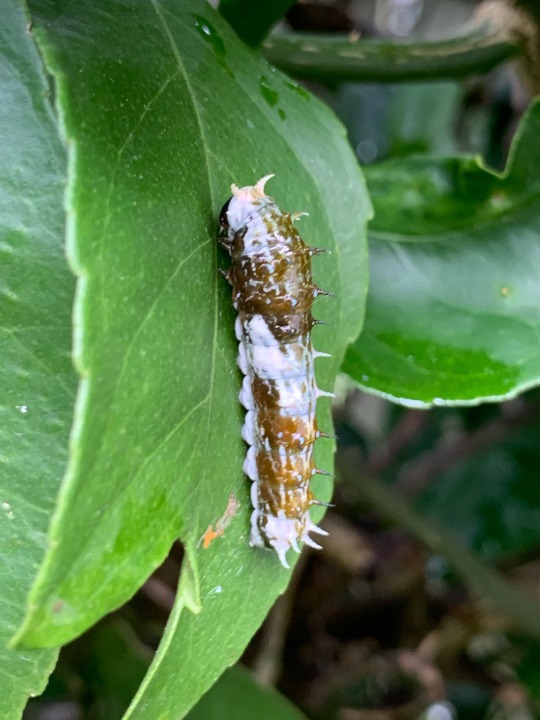

This cute little leaf hopper?
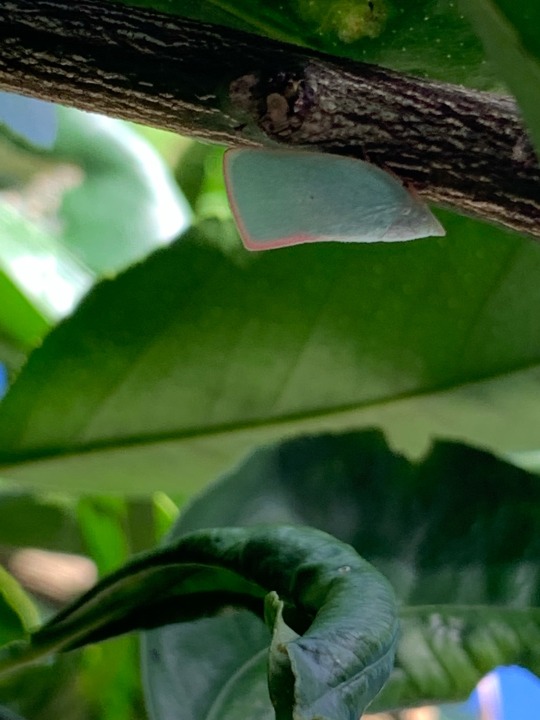
This (actually huge?!) stink bug, largest I’ve seen
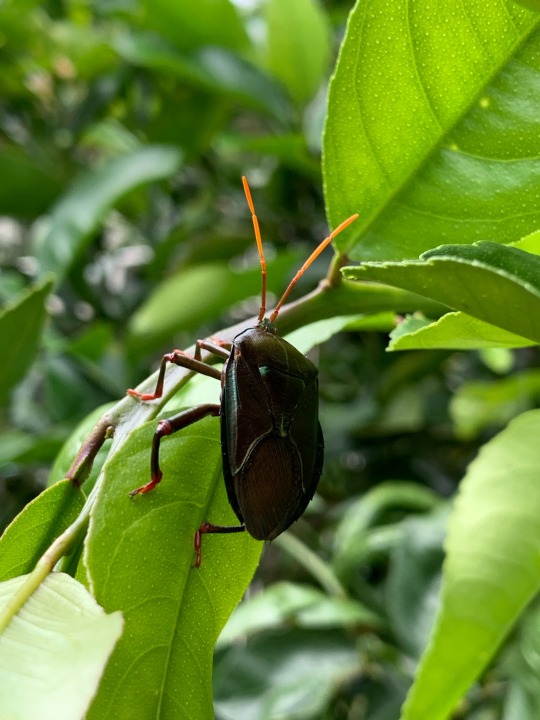
And I’ve seen a few of these beautiful iridescent spiders ✨
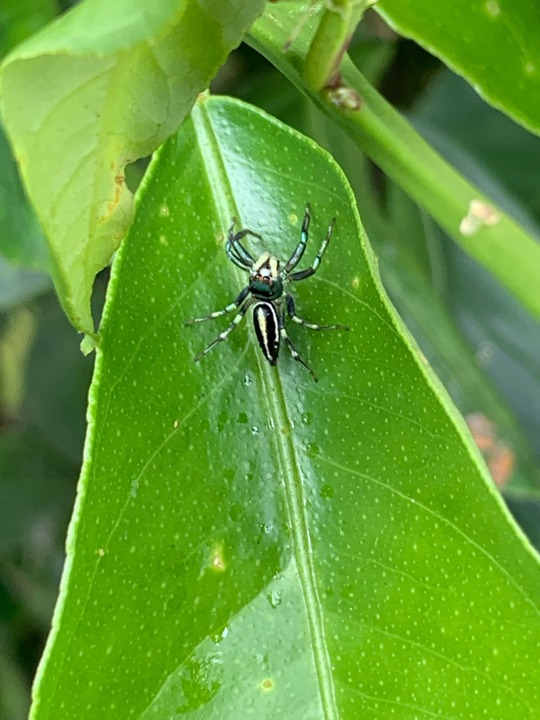
How exciting to have a garden full of pals you can go admire any time you like! I can certainly help you ID them. The caterpillars are orchard swallowtails, and they prefer citrus trees as their host plant! The “horns” are called osmeteria and they evert them from inside their body defensively. They emit a stinky odor that predators don’t like.
The planthopper is a citrus planthopper, which makes sense. The Large Dude is not a stink bug, but it is related to stink bugs! It’s called a bronze orange bug and once again feeds on citrus. Technically the family they’re in are called the tessaratomids, but colloquially people call them giant shield bugs or giant stink bugs.
And finally the absolutely beautiful spider man is a sea-green northern jumper! Keep your eyes peeled for females nearby as well. They’re more rotund and are a sort of bronzey-purple color.
Thanks for sharing all these great pals, tell them all I love them!
@reverse-rainbows submitted: I’m wondering what cicada this lil fella is! It’s from brood x, found it after it died and preserved it’s body in alcohol. From [removed] (remove location pls)
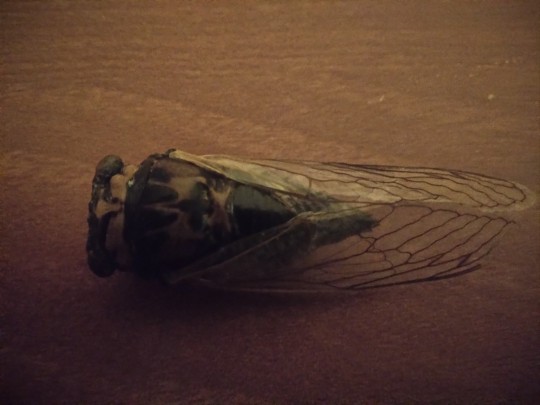


RIP, little friend! This is not a Brood X cicada. Brood X were 17 year periodical cicadas in the genus Magicicada. This fellow is a dog-day cicada in the genus Neotibicen. It may have come out around the same time as the Brood X cicadas, but it’s an annual species. These guys take 2-5 years to develop underground before emerging as adults, but there are overlapping generations that appear every year :)

